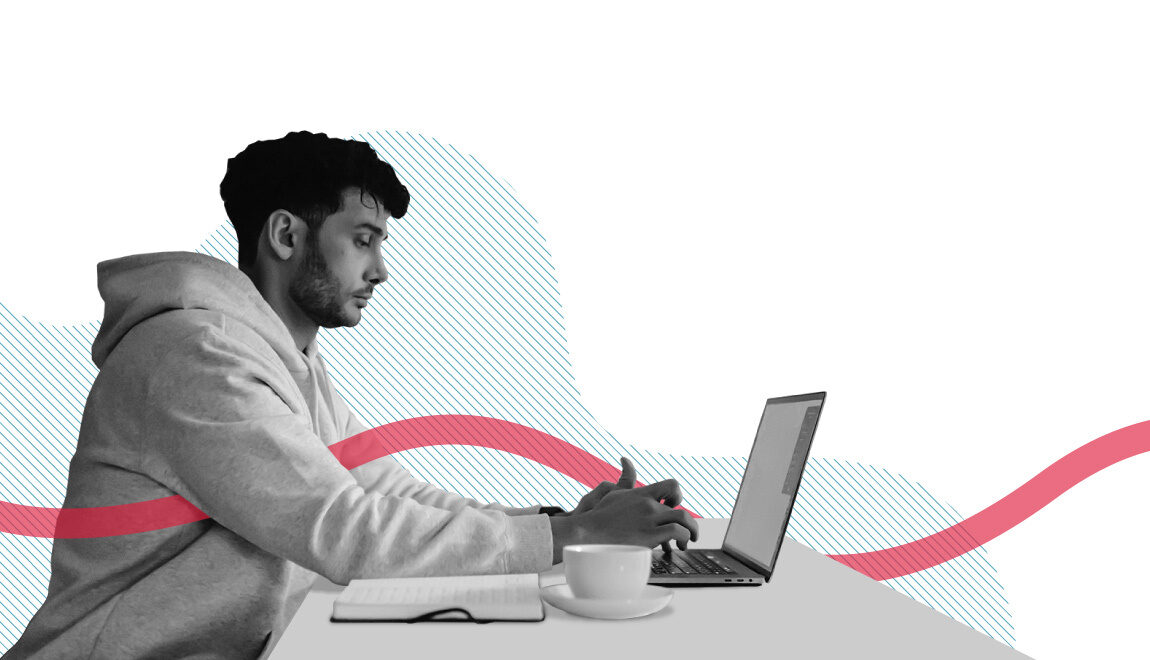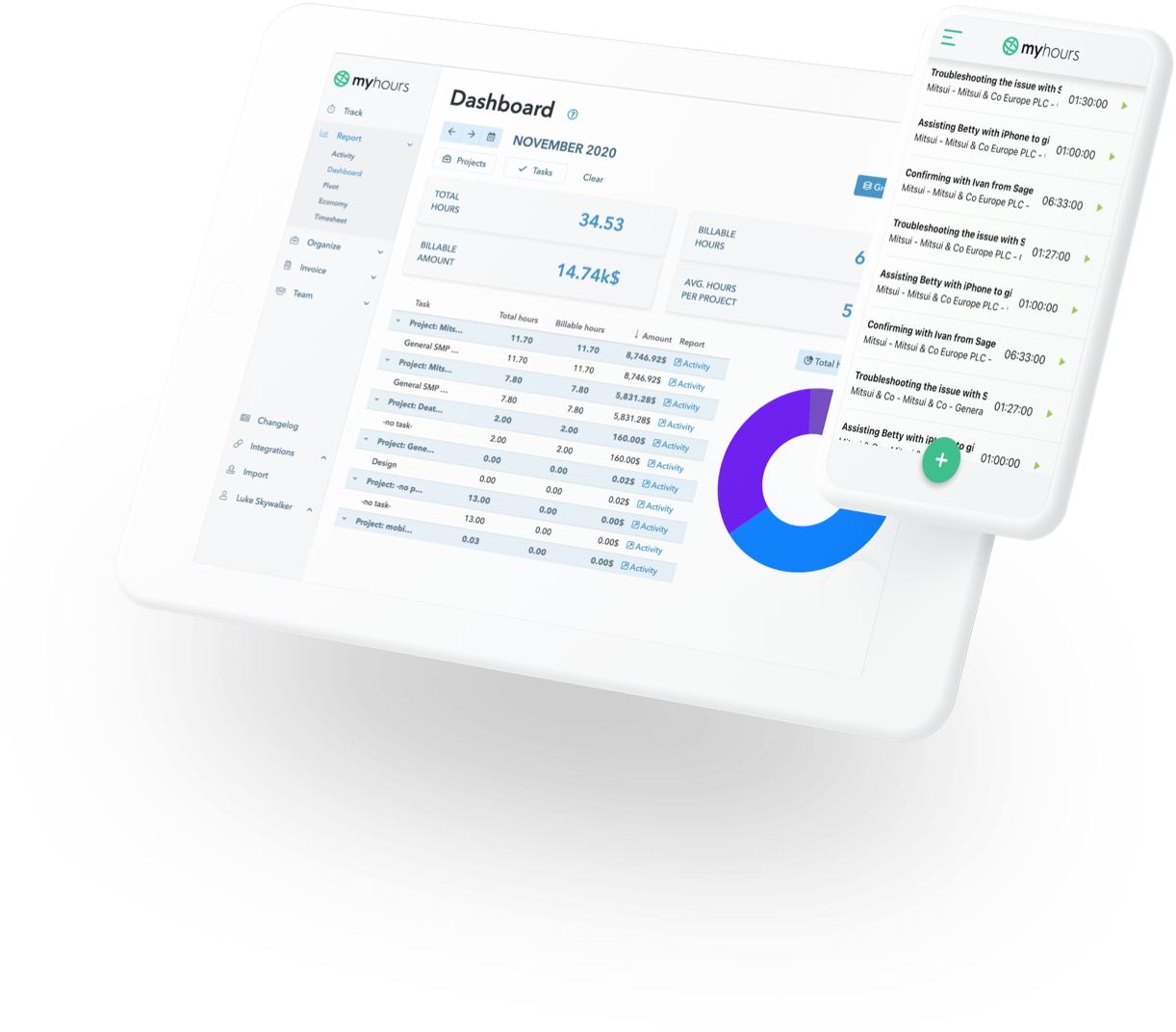Flow at work – how does it feel to work in a flow (and how to achieve it)

Working in a flow is one of the most productive states a human being can experience. A flow is a state when we lose track of time and become completely engaged in an activity.
This state evokes feelings
of happiness, fulfilment, and that one is making a meaningful contribution, and
it is for this reason that some people, especially in the creative field,
describe a flow at work as a divine psychological state.
If you want to maximize your personal productivity, you have to learn how to achieve a flow at work as many times as possible.
The bad news is that achieving a flow is not that easy, or even more importantly, you can be quickly thrown out of it. Getting back into the flow is also not that easy, so it’s important to be able to stay in once you’re there.
With that said, let’s look at the main recommendations on how to get at the flow at work and stay there as long as needed (in other words, until the task is completed).
How does it feel to be in
a flow at work?
Simply put, it’s the best feeling ever. When you get into the flow, you forget about the time, your worries and problems, and just about everything else. You just create and deliver. The flow is a wonderful state to be in, a godlike state.
It’s something we have all experienced, usually during play, sports, reading an engaging book, or during creative or artistic activities. It’s not that hard to be in the flow when you are enjoying your free time or doing what you love.
Well, you can achieve the same feeling of being in the flow at work. While it’s much harder to do than when playing sports, it can be done, and the benefits are enormous.
Not only are you more productive, but you also enjoy what you’re doing much more and the time spent at work moves faster. On top, at the end of the day, you also feel really good about your output.
The two main criteria to get yourself into the flow
If you don’t find it easy to achieve a flow at work, we have some great advice on how to do it. You can reach flow at work when two main criteria are met:
- You have to work on a task that is a little bit out of your comfort zone, a task that represents a challenge for you, and is also something that you are naturally skilled at.
- You have to work in complete focus, without any distractions and interruptions. You also need to be well rested and emotionally calm.
The good news is that you can achieve a flow at work on a daily basis if you focus on the high-value activities that you are naturally good at but that still represent a challenge for you, and if you work on these activities without any distractions and interruptions.
What is the best way to achieve a flow at work?
The main secret to achieving a flow at work is to organize your schedule in a way that permits you to work without distractions for at least 2 hours twice per day – once before noon and once in the afternoon.
You’ll want to reserve some time in your schedule where you can be completely alone, without any phones, emails, people stopping by, or any other interruptions. This should be done two times per day for two hours, which is achievable for anybody.
The best way to do so is to use the timeboxing technique, where you reserve the time in a calendar in advance in order to work in peace without any distraction. It’s like booking a meeting with yourself.
Make sure you turn off all potential distractions such as:
- Meeting invitations
- Managers and people stopping by
- Social media
- Instant messaging
- Daily news
- Entertainment (TV, games, etc.)
- Smartphones (as these are an all-in-one distraction), and so on
Reacting to every interruption or distraction from your environment is the biggest productivity killer.
That’s because it takes 5, 10, 30 or even more minutes to fall back into a working flow every time you’re interrupted (one large study showed it takes 23 minutes and 15 seconds on average to get back into flow). And there are so many interruptions and distractions out there today.
It’s insane.
Make sure you work on the right tasks – treat the flow as a scarce resource
In this alone time, you’ll want to tackle the important tasks, produce things that matter, and create and deliver value.
It can be innovating, writing, analyzing, calling one client after the other, generating new leads - whatever is on your plate and will lead to the fastest progress towards your goals.
To select the right tasks, you can help yourself with the Eisenhower matrix. Dwight D. Eisenhower was the 34th President of the United States, serving between the years 1953 and 1961.
His matrix recommends arranging tasks in one of these four quadrants:
- Urgent + Important (Do first)
- Not Urgent + Important (Schedule)
- Urgent + Not Important (Delegate)
- Not Important + Not Urgent (Eliminate)
Urgent tasks are the ones that you feel you must react to (like emails, phone calls, meetings, etc.). These are tasks that don’t make sense to perform in the flow, unless you have an important deadline and you work completely focused on delivering what you promised.
This is actually also a flow state, however, it’s not a healthy version of a flow, as it is forced on you with a deadline.
Important tasks, on the other hand, are the ones that contribute to your long-term goals and things you really want to do in life. Important tasks are the ones that are part of your business or life vision and mission.
These are the tasks that are hard to do, create real value, and usually demand high intellectual input (creating, brainstorming, analysing, finding solutions etc.).
In summary, the important, high-value tasks are usually the tasks that:
- Have a clear goal
- You are naturally good at, and where your skill level is high
- Represent a challenge for you
- Have a meaningful impact on your work or personal life
- Keep your highly engaged
Things that can help you get into a flow
There are some additional elements that can help you get into the flow. These elements are:
- Working at peak energy hours and being well rested
- Being emotionally calm
- Staying hydrated
- Coffee (but don’t abuse it)
The best time to timebox “working in the flow time” is at your biological prime time, when you physically have the most energy in a day.
For most people that’s usually early in the morning, and for the night owls, late in the evening or even at night; in the latter case just make sure you don’t destroy your sleep schedule. In any case, you’ll want to be well rested and feeling energized before diving into the flow.
It’s also important that you are emotionally calm. If you worry excessively about something, are agitated or anxious, or you just had a big quarrel, it’s definitely much harder to get yourself into the flow.
You must first process the negative emotions, since they take a lot of mental bandwidth. Taking a walk, meditating, or talking to a friend might help, and then getting in the flow gets much easier.
Staying hydrated it’s also important for concentration levels to not drop. So, when working in the flow, have a bottle of water next to you and make sure you are drinking.
Some people also help themselves with caffeine (drinking a cup of coffee, 15 – 30 minutes before timeboxing the flow), but make sure you don’t abuse it, since it can have negative long-term effects on your productivity.
Finally, don’t forget to treat yourself each time you successfully complete the work in the flow. Working for two hours, two times per day, in complete focus will completely change your productivity levels.
It’s the ultimate way to be proactive with your time, and it’s something that’s achievable for everybody. So, open your calendar, reserve two hours of time tomorrow, exclusively to spend on a task that will have the biggest impact on your future success.








